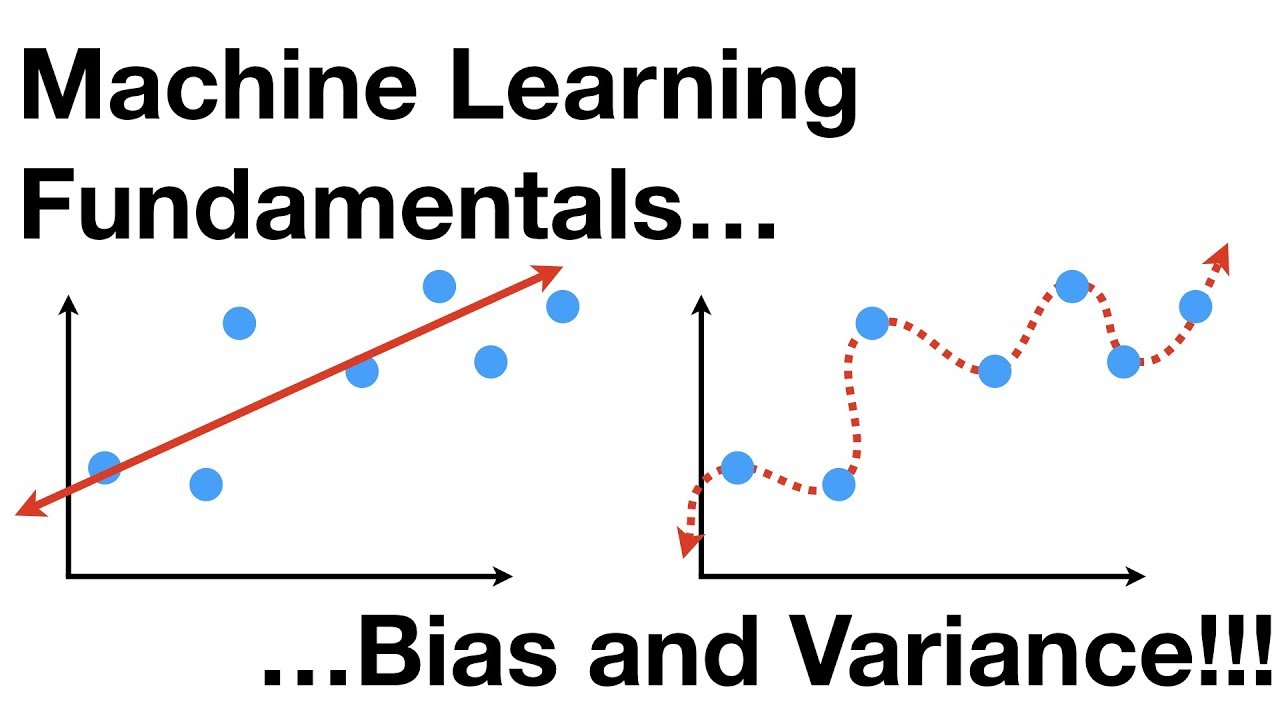Bias and Variance are two fundamental concepts in Machine Learning that play an important role in model selection and performance optimization.
Bias is a measure of how well a model accurately captures the underlying relationship between the input data and the expected output. A model with a high bias may be overly-simplistic and ignore important patterns in the data, leading to poor performance when applied to new situations. On the contrary, a model with low bias may be too complex, leading to overfitting and predictions that are less stable.
Variance, on the other hand, measures how much a model’s predictions vary based on the data it is given. A model with high variance tends to be overly-sensitive to small changes in the training data, making it difficult to generalize beyond the given data set. Conversely, a model with low variance will offer more robust predictions, but may not be as accurate in capturing the full range of data.
The optimal model should strike a balance between bias and variance; Too much of either can lead to underperformance. This is often referred to as the Bias-Variance Tradeoff, which provides an important guideline in the optimization of any Machine Learning model.





